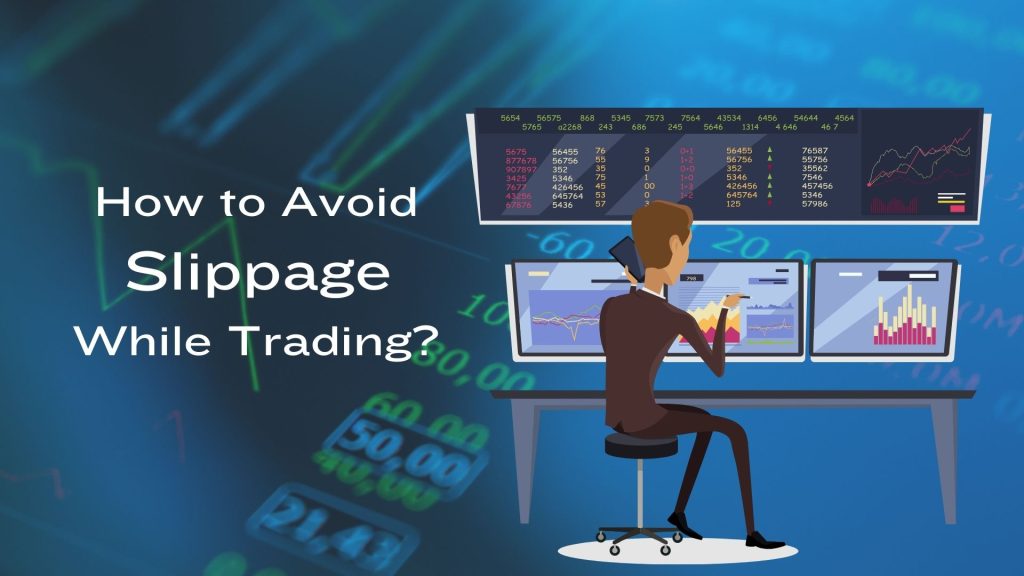
What is Slippage and How Do You Avoid it While Trading?
Forex trading is the simultaneous buying of one currency and selling of another. Slippage in Forex trading is the difference between the expected price of a trade and the price at which it executes. It directly impacts trade execution and profitability.
What is Slippage
It occurs when the execution price of a trade and the expected price vary. It happens when participants execute a trade order due to fluctuations in market prices. Positive slippage occurs when a trade is executed at a better price than expected. It offers a more favourable outcome for the trader. Conversely, negative one results in a less favourable execution price, increasing losses or reducing gains.
Sign up now to connect with a global network of professionals and find the ideal trading and liquidity partners.
Reasons of Slippage
Market Volatility
Market volatility significantly impacts it, especially during key economic announcements or geopolitical events that cause rapid price movements. During these periods, the number of orders can surpass the immediate availability of willing buyers or sellers at the stated price and cause it.
Liquidity
Liquidity is the ability to buy or sell assets in the market without causing a significant price change. Major currency pairs like EUR/USD or USD/JPY typically have higher liquidity in Forex trading. Therefore, it experiences less slippage. However, exotic pairs often have lower liquidity and increase its likelihood.
Order Types
The type of order can also affect slippage. Market Orders are executed at the best available price but do not guarantee a price, which often results in it. Limit Orders are executed at a specified price or better. They provide control over it but do not guarantee execution.
Strategies to Minimise Slippage
Best Trading Periods
Traders should engage during periods of high liquidity to reduce it. They can choose the duration when major markets overlap, such as the New York and London sessions. Avoid trading immediately before or after major news releases also minimises it. These events usually increase volatility and reduce liquidity momentarily, leading to greater slippage.
Technical Strategies
Use limit orders instead of market orders to control it. Limit orders execute trades at a specified price or better. These strategies prevent it from occurring above or below a desirable level. Utilising stop-loss orders helps manage risks by setting a fixed exit point for losing trades. It can prevent further losses during sudden market moves.
Broker Selection
Choosing a broker with advanced trading platforms and strong liquidity is necessary. Such trading platforms feature faster execution speeds, reducing the time lag between order submission and execution. Also, brokers connected to deep liquidity pools can offer more stable pricing during volatile market conditions.
Choosing the Right Broker
When selecting a Forex broker, key factors to consider include:
- Execution Speed: Faster execution can reduce it as orders are processed more quickly.
- Transparency: Brokers who provide detailed information about their slippage statistics and execution methods build trust.
- Liquidity Management: Brokers with access to extensive liquidity networks ensure better order fulfilment, even during market shocks.
Conclusion
Slippage in Forex trading affects profitability and risk management. Strategic trading practices, technical solutions like limit and stop-loss orders, and a suitable broker can mitigate its adverse effects.
Contact us now and make your business more visible!
Follow us on LinkedIn to get daily financial updates!






